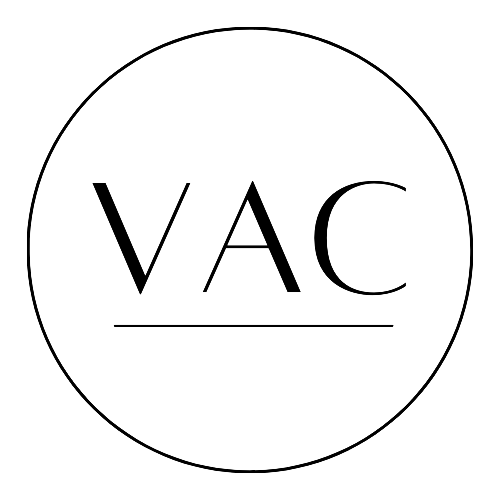Deborah Perlman: Bas Relief Paper Sculpture
Deborah creates paper sculpture in bas relief. Her work features ‘almost-but-not-quite real’ spaces that are somewhere between authentic and imagined, sliding in and out of reality.
Using paper and adhesive to create these spaces, she builds three-dimensional forms by cutting, scoring, and folding each element of a piece. She then adheres each element to the base, juxtaposing forms and shapes to highlight their points of contact and the shadows they cast, with the goal of creating a dynamic composition that captures her vision.
How did your creative journey begin?
Since my early years, it seemed natural for me to express myself visually, so I was drawing and creating to explore my feelings and compete my thoughts. Art frees my spirit and allows me to fully express my inner self. In addition, having a very talented older sister certainly influenced me – she continues to inspire me to this day, with her wonderful artwork.
Where do you find inspiration for your work?
I see sculpturally - when I see forms that have an exciting spatial dynamic, I’m excited to visualize it in some way. The forms may be in nature, or in man-made spaces, but the pursuit of sculptural space drives me to explore and create.
How has your work shifted and evolved over time?
A recent body of work that I described as ‘sculptural landscapes,’ used photos I took at many South Florida nature preserves, so the feel of this work was quite realistic. But, since 2020 (the pandemic?), my work is more abstract and explores ‘almost-but-not-quite-real’ sculptural spaces. My world seemed to shift so dramatically, both from global issues, and my own personal growth. I am asking more questions, trying to understand the physical – and mental – space between authentic and imagined – I’m creating spaces that exist between the ‘black and white’ of reality – that exist in a more ambiguous ‘gray.’
What does a typical day in the studio look like for you, and how has your art practice grown or changed?
I spend the morning hours creating – whether that’s building a piece, or simply sketching and experimenting with new ideas. Later in the day, I’m busy with the administrative part of being an artist, which includes social media, submitting my work to galleries and art competitions, and keeping my website up to date, to name just a few.
My practice has evolved with my understanding of the art world and how an artist can succeed within it. This comprehension helps me focus on gaining exposure for my work, networking within the art community, and obtaining the skills I need to obtain visibility.
Which experiences have impacted your work as an artist?
All of my life experiences have impacted me – from my excellent education (BFA, MFA) in fine arts, to my travels, and of course, to my personal ups and downs throughout the years. I have learned that a work of art – like life itself – never turns out like I thought it would. The only certainty is that I will be surprised by the outcome. Making art frees my spirit and puts me in a state of full and open expression – I am full of gratitude for this!
How has Instagram impacted your art career?
Instagram is great for artists! Using this platform has increased my exposure in the art community; connected me to other artists, art galleries and art organizations; and shown me the work of so many artists, from whom I learn so much.
What are your future goals and aspirations?
Would I like to be outrageously successful, selling my work, showing in galleries, acquired by museums? Of course, but the most important goal is to continue to make art that completely expresses my true self. There’s no meaning without that.
Website: www.artbydperlman.com
Instagram: @deborahwperlmanart







